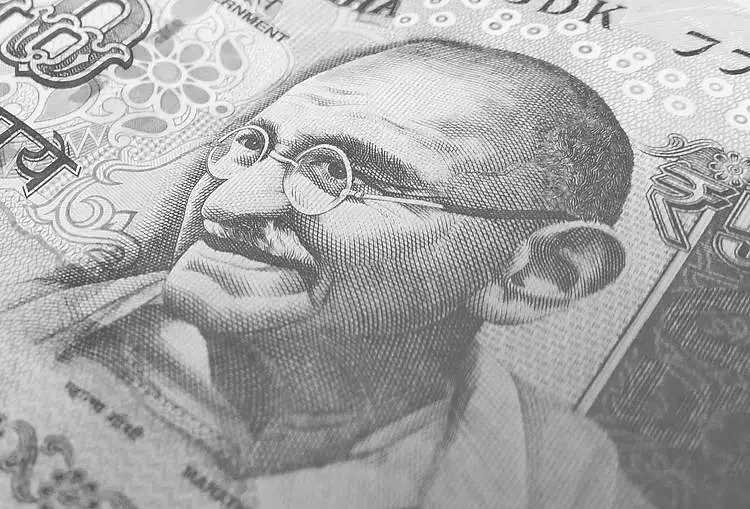As the Indian Rupee (INR) continues to hover in a precarious position within the Asian currency market, several intertwining factors contribute to its recent downward trend. Notably, the dual pressures from escalating crude oil prices and a pronounced sell-off in Indian equities have compounded the challenges facing the INR.
Recent reports indicate that foreign investors have withdrawn over $1.5 billion from Indian stock markets in the early days of November, which adds to the staggering $11 billion in outflows recorded the previous month. This trend raises concerns about the health of the Indian equity market, which reflects broader economic sentiment. As investors react to global uncertainties and domestic factors, a sustained lack of confidence could lead to further sell-offs and consequently weaken the INR.
Amidst this financial turbulence, economic analysts highlight that India may be in a relatively better position than many Asian counterparts—largely due to its lower trade dependency on China. This analysis offers a glimpse of resilience in a landscape often dominated by challenges stemming from geopolitical tensions and shifting trade dynamics.
On the global stage, decisions made by the US Federal Reserve significantly impact emerging market currencies, including the INR. The Federal Open Market Committee’s recent decision to reduce its benchmark overnight borrowing rate by 25 basis points to a target range of 4.50%-4.75% has cast a spotlight on potential fluctuations in currency values. Fed Chair Jerome Powell’s statements regarding a possible future path of interest rate cuts, juxtaposed with a vigilant stance on inflation control, present a nuanced narrative for the Indian Rupee.
Moreover, the probability of a quarter-point rate reduction in December has escalated to over 68%, putting additional pressure on emerging market currencies as investors reassess risk and return profiles. The ability of the RBI to manage domestic monetary policy amidst these external shifts may prove critical in stabilizing the INR.
From a technical perspective, the current trends indicate that the USD/INR pair retains a bullish momentum, supported by consistent trading above the 100-day Exponential Moving Average (EMA). However, the 14-day Relative Strength Index (RSI) stands at approximately 75.0, suggesting the currency may be overbought. This scenario hints at potential corrective moves where consolidation precedes any short-term appreciation of the INR against the US dollar.
Possible scenarios present themselves: should the USD/INR pair breach the upper boundary of its ascending trend channel at approximately 84.30, the pair could aim toward the 84.50 and even the psychologically significant level of 85.00. Conversely, a break below crucial support levels, especially near 84.05-84.10, could lead to heightened selling pressure and drive the exchange rate down toward levels like 83.82 or lower.
A comprehensive understanding of the Indian Rupee’s fluctuations must consider a multitude of macroeconomic factors. These include the general economic growth rate (GDP), the balance of trade, foreign investment inflows, and the inflation rate. High levels of economic growth can stimulate foreign investment and bolster demand for the Rupee. Conversely, persistent trade deficits and lower growth rates typically exert downward pressure on the currency.
Inflation dynamics play a critical role, too. If India experiences higher inflation in comparison to its trading partners, this could adversely affect the Rupee. Inflation not only increases export costs but also necessitates foreign currency purchases for imports, escalating the sell pressure on the Rupee. Nevertheless, an increase in interest rates by the Reserve Bank of India (RBI) aimed at curbing inflation could provide a counterbalancing effect, attracting international investors and bolstering the currency.
The Indian Rupee finds itself at a crossroads, influenced by domestic economic factors and the broader global landscape. The interplay between inflation, foreign investment, central bank interventions, and external economic policies will be pivotal in determining the INR’s trajectory in the coming months. As India navigates these challenges, the resilience showcased amidst adversities could signal the emergence of opportunities, provided stakeholders remain agile and responsive to the shifting economic tides.

